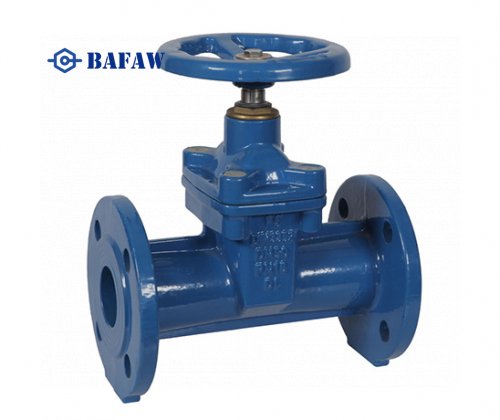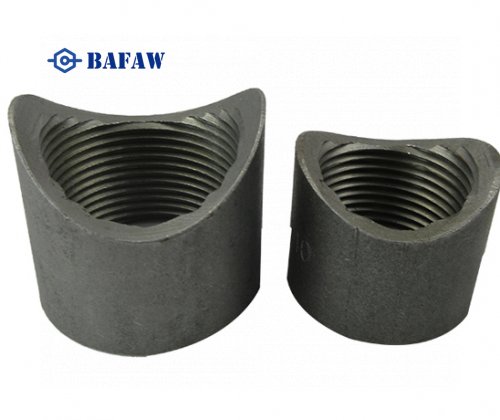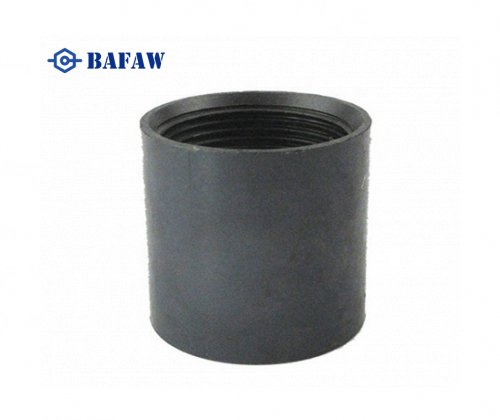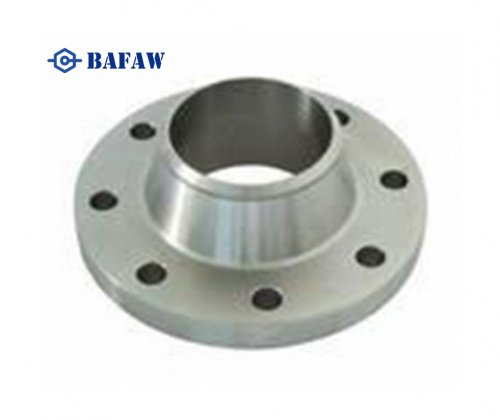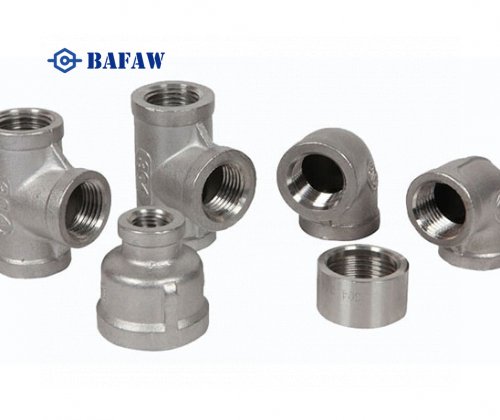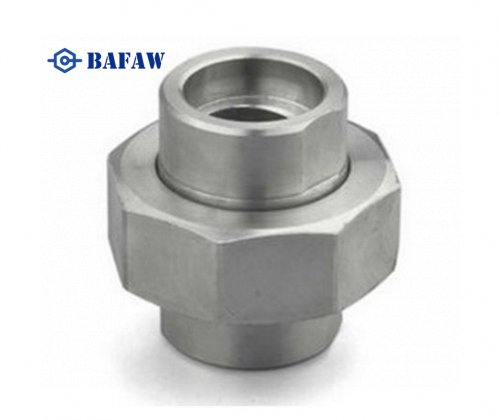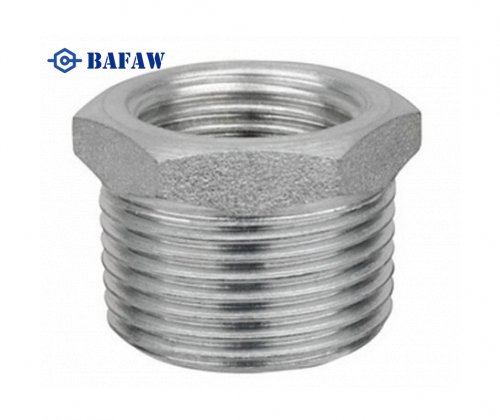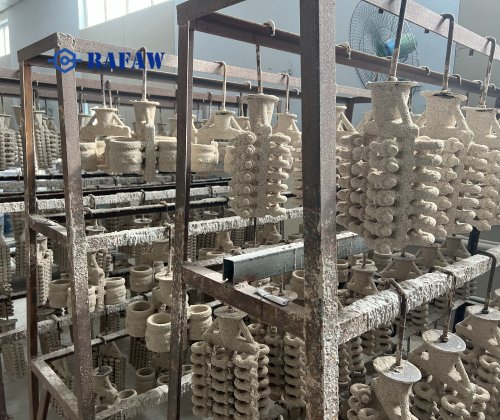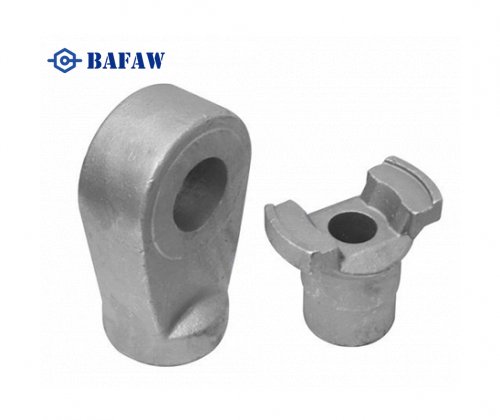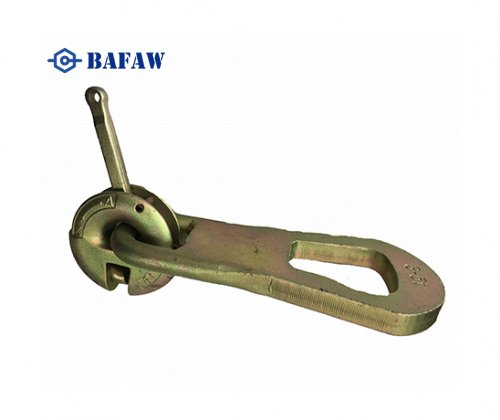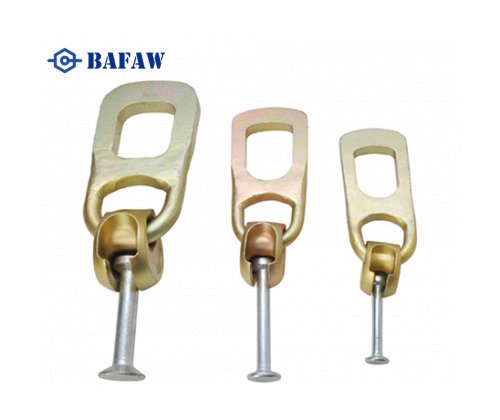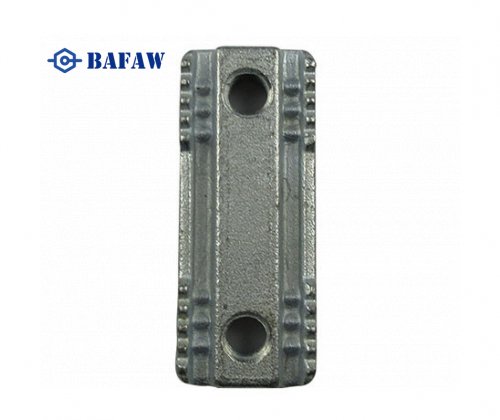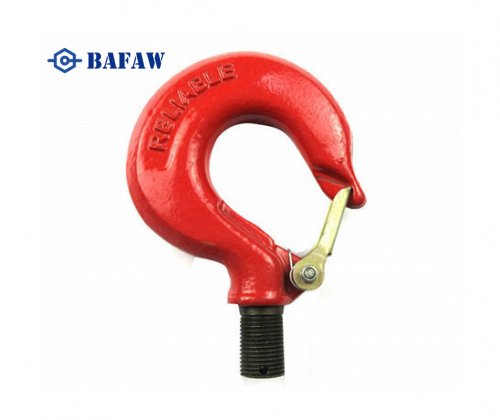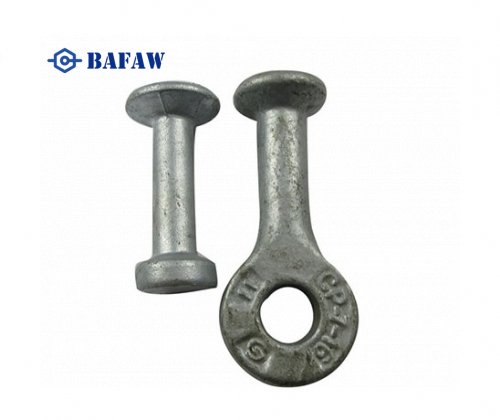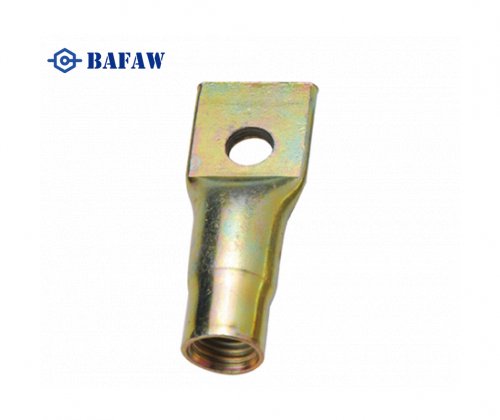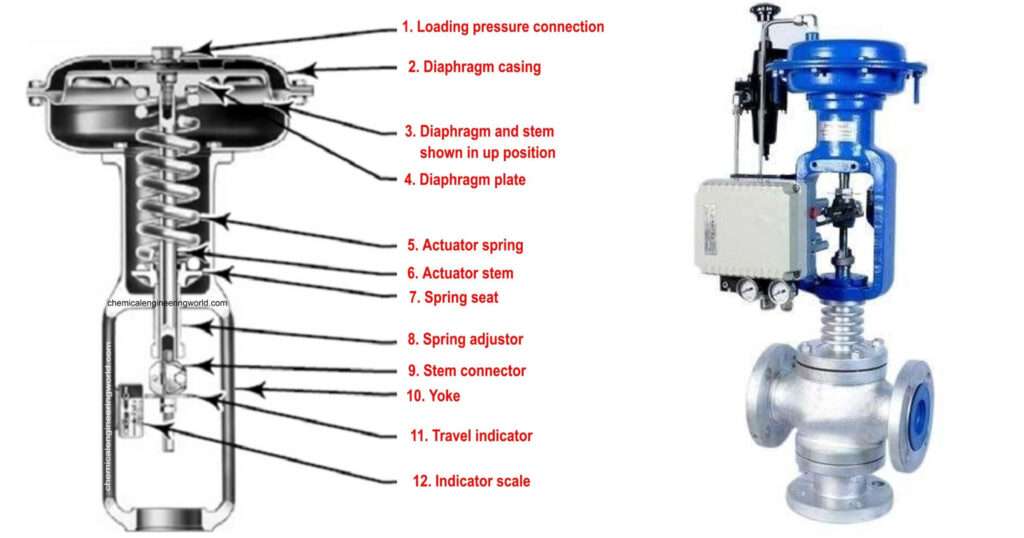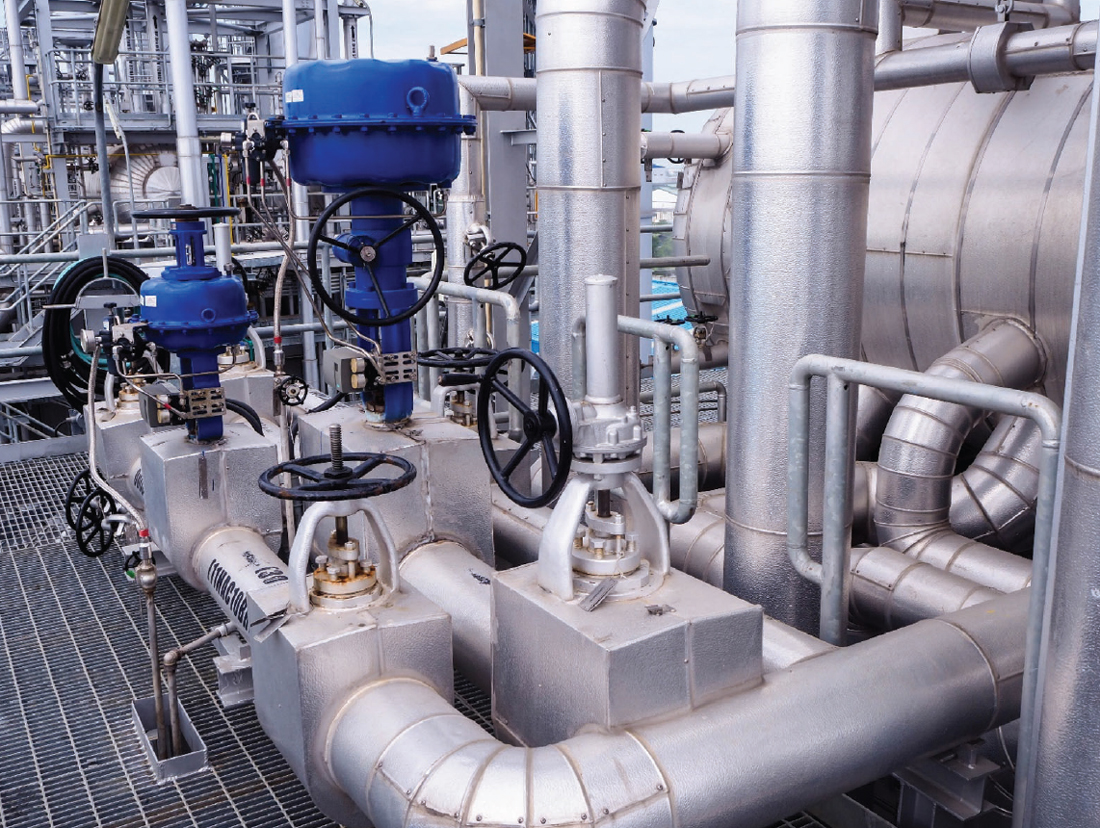Control valves work through precisely engineered components that regulate fluid flow together. These parts prove how simple devices can work precisely in tough industrial settings.
Valve Body and Bonnet: The Foundation
The valve body acts as the main pressure containment shell. It resists fluid pressure and houses all internal components. Manufacturers create these bodies by casting or forging them from different materials. They use basic carbon steel and advanced alloys. These include super duplex steels and nickel alloys for corrosive applications. The body's structure helps the valve handle pressure, which is key for safety.
The bonnet sits on the body and forms a pressure boundary. It also provides access to internal parts. A bonnet's connection to the body can be threaded, bolted, or welded, each with its own advantages. Bolted bonnets make maintenance easier but create potential leak paths. Welded bonnets cut leakage points but reduce serviceability. Extreme temperature applications need specialized designs. Extension bonnets protect stem packing from temperature extremes (-60°C to +450°C). Cryogenic bonnets handle ultra-cold services down to -196°C.
Trim Components: Where the Action Happens
Valve trim refers to all internal moving parts that touch the process fluid. This assembly controls flow regulation through precisely machined surfaces. The disk (or plug) is the main flow control part. It works with the seat to change flow restriction. The stem connects this assembly to outside actuators. It also keeps a tight seal with special packing materials.
Service conditions determine the trim component materials. Hardened materials like tungsten carbide or Stellite alloys work well in erosive services. Specialized stainless steels handle corrosive media better. Choosing the right trim affects how a valve performs, its leakage class, and how long it lasts.
Actuator Types and Their Selection Criteria
Actuators move control valve components into position. Three main types are common in industrial applications: pneumatic, electric, and hydraulic. Each type suits different situations.
Pneumatic actuators use compressed air (typically 80-100 PSI) to create motion. They offer natural safety in hazardous environments through diaphragm or piston designs. Electric actuators precisely position components. They also enable remote operation. Their voltage needs range from 24V to 230V. Hydraulic actuators excel when tremendous force is needed. They operate at pressures from 1,000 to 5,000 PSI to handle large valves or high differential pressures.
The actuator you choose depends on several factors. These include the force or torque needed, the speed of operation, and the power available. You also need to think about fail-safe requirements and the environment where it will be used. These parts need to work well together. This ensures the valve performs reliably in certain applications.

AWWA C504 Butterfly Valve
Selecting the Right Control Valve for Your Application
The right control valve selection starts with a full picture of your application needs. Your choice will provide reliable performance and affordable maintenance throughout its service life.
Process Conditions Assessment: Temperature, Pressure, and Flow
The success of control valve sizing depends on your system's actual process conditions. Properly sized valves work best within specific travel ranges. Normal flow should keep the valve 50-70% open, largest flow under 90%, and least flow above 20% to avoid trim erosion. So, you need to understand both upstream and downstream pressures in the operating conditions of all types.
Flow velocity plays a key role in valve durability, especially when you have erosive or flashing conditions. Clean service needs velocities under 37 ft/sec (32 ft/sec for butterfly valves). Be careful of choked flow. Lowering the pressure downstream won't increase the flow rate.
Media Characteristics and Material Compatibility
Your process fluid's properties determine material choice. Think about density, gas-liquid phase changes, compressibility, and corrosion risks. For example, liquids with particles need special valves. Just think about oil and petroleum products.
Your material choice must handle physical wear and resist chemicals. Stainless steel isn't the cure-all many think it is. You need scientific proof to pick materials based on specific media. Some corrosive jobs need special alloys, like Hastelloy C-276. This material works well in tough conditions.
Space Constraints and Installation Considerations
Space limits often guide valve choice. The "1/2 the pipeline size rule" means valve size can't be less than half the pipeline's diameter. This prevents valve damage from piping stress. If flow conditions need a smaller valve, reduced capacity trim works better than an undersized valve.
Control valves work best in horizontal pipelines with vertical spindles. The right orientation optimizes performance and helps with maintenance access.
Budget Considerations and Total Cost of Ownership
The original buy price makes up just 10-30% of total ownership costs. Maintenance, repairs, and operating expenses over the valve's life account for the other 70-90%. Looking only at upfront costs doesn't make sense.
Using standard valve selection across facilities can cut ownership costs by 25%, saving millions each year. This includes precise specs, best practices, and input from suppliers. All of this helps make procurement and maintenance plans more affordable.
Control Valve Diagrams and Installation Best Practices
Control valve diagrams and correct installation are key for reliable valve operation and system performance. These essential elements help valves work correctly throughout their lifespan.
Reading and Understanding Control Valve Schematics
Standard symbols in control valve schematics show detailed information about valve functionality. Valve symbols have three key parts: actuators, position boxes, and flow paths. Available valve positions appear through position and flow boxes, while arrows point to flow direction. Directional control valves display current flow path in the flow box next to the active actuator. Manufacturers label ports using industry standards, but the letter designations can vary a bit.
Proper valve orientation and flow direction
Control valves work in one direction and need careful installation based on the flow direction arrow marked on their body. To cite an instance, globe valves need mounting that aligns with media flow markings. The design type - "flow to open" (FTO) or "flow to close" (FTC) - determines flow orientation. Control valves perform best in horizontal pipelines with vertical spindles. This setup extends valve life, ensures reliability, and makes maintenance easier.
Piping Support and Stress Reduction
Strong support structures protect control valves and connected pipes from excess stress. Height-adjustable pipe supports have strong base beads and elastic rests. They provide stability and spread loads well. The Stress Less® Pipe Guide and Valve Support system lets pipes move with thermal expansion. It also blocks axial stress, which often leads to system failures. Clear piping paths prevent stress from line distortion.
Bypass Arrangements for Critical Services
Bypass lines keep systems running during valve maintenance. These lines should match the control valve's flow capacity closely. Engineers can size bypass valves in different ways. Globe valves give better control but cause a higher pressure drop. Smaller butterfly valves work well at partial openings. Also, restriction orifices can be useful. Critical systems need bypass valves opened partially to match control valve flow. Flow transmitters often measure bypass flow rates accurately.
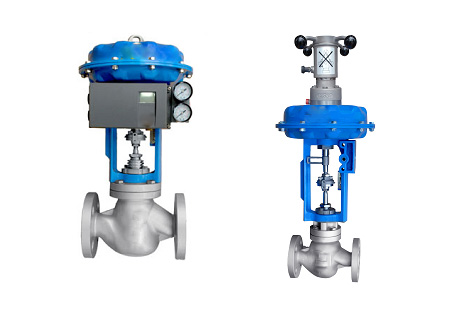
Maintenance and troubleshooting in the field.
Control valve maintenance strategies boost valve lifespan. They also ensure reliable performance in tough industrial settings. A good maintenance program prevents equipment from incurring pricey downtime and safety issues.
Visual Inspection Techniques
First, check the outside of the valve body, bonnet, stem, and actuator. Look for any visible damage, corrosion, or wear. Leak detection solutions around connections and stem packing help identify external leakage points. To check internal parts, you must remove the bonnet. This lets you inspect trim components, like plugs, seats, and seals, for any erosion or damage. Teams should document all findings, especially any problems they find during the inspection.
Common Failure Modes and Their Symptoms
Control valves show specific patterns when they fail. Internal leakage is hard to spot but causes problems and often points to worn trim components or actuator issues. External leakage from packing accounts for 50-60% of plant fugitive emissions. Control valves contribute 70% of this leakage. Stiction (static friction) makes valves stick in position until enough force builds up. This creates saw-tooth controller output patterns and irregular process variable responses. Deadband is the gap between the controller output and the valve's actual position. This gap can cause control problems.
When to Repair vs. When to Replace
Several factors determine whether to repair or replace a valve. Many facilities follow the "50-65% rule." This means that if repair costs are over 50-65% of replacement costs, replacing makes more sense financially. Valves smaller than 10 inches should be replaced when repair costs exceed 60% of the new valve cost. Lead time matters. New valves can take up to a year to deliver. However, repairs typically finish in about two weeks.
Preventive Maintenance Schedules and Checklists
Predictive maintenance uses advanced tools like ValScope-PRO. These tools help technicians spot problems before they lead to failures. Teams should do visual inspections and air filter regulator checks monthly. Positioner diaphragms need quarterly checks. A complete inspection of all valve components happens yearly. Teams should check valve data sheets. They must confirm fail-safe positions. Also, get the right work permits before starting maintenance.
Conclusion
Control valves are the backbone of modern industrial processes. They manage critical variables through sophisticated but reliable mechanisms. You can find them everywhere. They are in oil and gas operations and also in food processing. This shows how versatile and important they are.
Picking the right control valve matters a lot. The valve's size, materials, and how you install it directly affect how long it lasts and how well it works. A good maintenance schedule helps avoid expensive downtime and safety problems. Understanding common ways that valves fail is also key.
The technology behind control valves keeps getting better. Smart positioners, unique trim designs, and new materials make tough tasks easier. They also ensure reliability. These improvements make today's control valves more capable and dependable than their predecessors.
Engineers and maintenance staff who really know control valves make smarter equipment choices. They can create better maintenance plans that keep plants running smoothly. Their knowledge aids process control, reduces maintenance costs, and enhances plant safety.

















